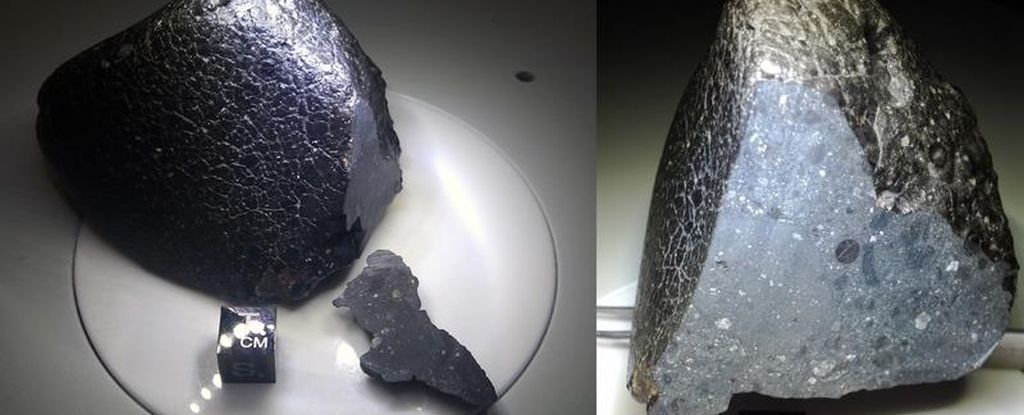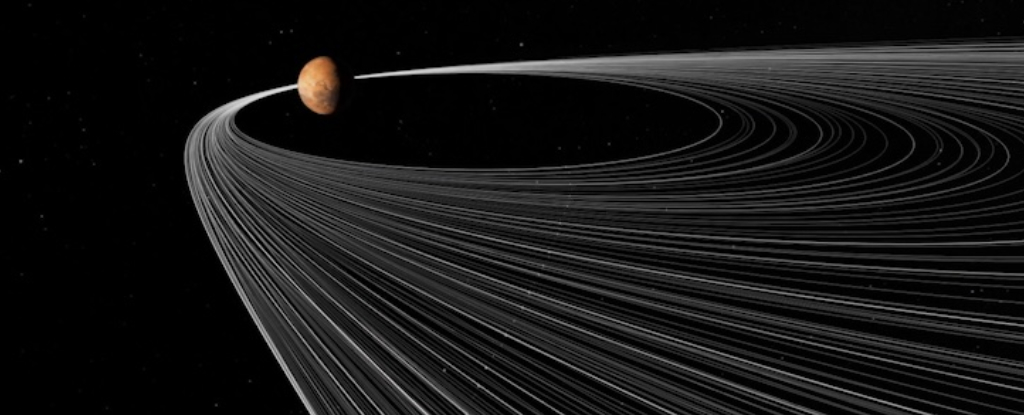ARTICLE AD
More than 50 pieces of space debris were spotted in the wake of a Chinese rocket launch, which could pose a risk to satellites in low Earth orbit.
China launched its first batch of broadband satellites on Tuesday, August 6 with the aim of building a megaconstellation similar to SpaceX’s Starlink. A Long March 6A rocket carried the 18 satellites to orbit, launching from the Taiyuan Satellite Launch Center in northern China’s Shanxi Province. The rocket deployed the satellites in a polar orbit at an altitude of around 500 miles (800 kilometers) above Earth’s surface.
🚨 Slingshot Orbital Alert 🚨
Following China's launch of 18 G60 satellites on August 6th, Slingshot is tracking over 50 pieces of space debris that pose a significant hazard to LEO constellations below 800 km altitude. pic.twitter.com/Etmui8X5Po
— Slingshot Aerospace (@sling_shot_aero) August 7, 2024
However, after deploying the satellites, the rocket’s upper stage appears to have broken apart. Space-tracking firm Slingshot Aerospace recorded more than 50 fragments of debris within the vicinity of the satellites following their deployment, forming a trail of space junk that “pose a significant hazard” to satellite constellations at the same altitude, the firm wrote.
The satellites are the first group in China’s planned 14,000-satellite megaconstellation, aimed at improving broadband services across the nation. This is obviously an ominous start, and a potential bad sign of things to come. “If even a fraction of the launches needed to field this Chinese mega-constellation generate as much debris as this first launch, the result would be a notable addition to the space debris population in LEO,” Audrey Schaffer, vice president of Strategy and Policy at Slingshot Aerospace, said in a statement.
This isn’t the first time China’s Long March 6A rocket has caused trouble in Earth orbit. In November 2022, the rocket’s upper stage broke apart into 50 pieces of space debris, which later expanded into a massive cloud of 350 fragments. The space junk came eerily close to SpaceX’s Starlink satellites, but no damage was reported.
The rocket’s upper stage is supposed to reenter Earth’s atmosphere in one piece and burn up during reentry. It’s unclear what caused the rocket to break apart in space, but this incident contributes to the growing problem of orbital debris.
“Events like this highlight the importance of adherence to existing space debris mitigation guidelines to reduce the creation of new space debris and underscore the need for robust space domain awareness capabilities to rapidly detect, track, and catalog newly-launched space objects so they can be screened for potential conjunctions,” said Schaffer.
For more spaceflight in your life, follow us on X and bookmark Gizmodo’s dedicated Spaceflight page.

 3 months ago
27
3 months ago
27 

